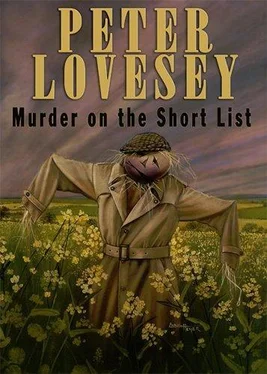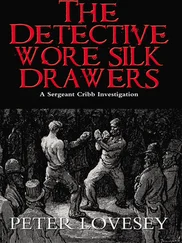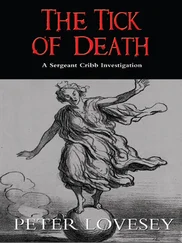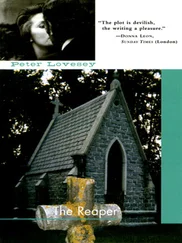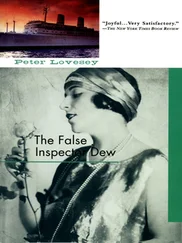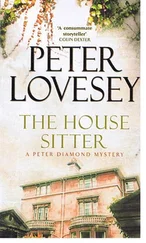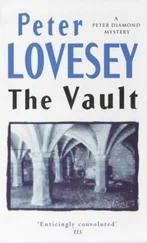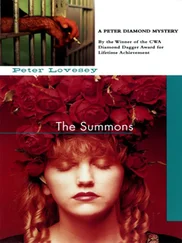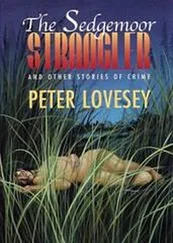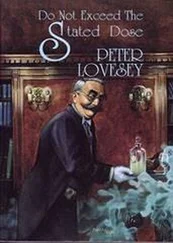He secured the next set in a tie-break and took the match to a fifth. The crowd was growing. People from other courts had heard something special was happening. Several long, exciting rallies drew gasps and shrieks.
Voronin had extraordinary eyes like wet pebbles, the irises as black as the pupils. I was drilled to look at him each time I offered him a ball, and his expression never changed. Once or twice when Stanski had some luck with a ball that bounced on the net, Voronin eyeballed him. Terrifying.
The final set exceeded everyone’s expectations. Voronin broke Stanski’s service in the first game with some amazing passing shots and then held his own in game two. In the third, Stanski served three double faults and missed a simple volley.
“Game to Voronin. Voronin leads by three games to love. Final set.”
When I offered Stanski the water he poured it over his head and covered his face with the towel.
Voronin started game four with an ace. Stanski blocked the next serve and it nicked the cord and just dropped over. He was treated to another eyeballing for that piece of impertinence. Voronin walked slowly back to the line, turned, glared and fired a big serve that was called out. The second was softer and Stanski risked a blinder, a mighty forehand, and succeeded — the first winner he’d made in the set. Fifteen-thirty. Voronin nodded towards my friend Eddie for balls, scowled at one and chucked it aside. Eddie gave him another. He served long. Then foot-faulted. This time the line judge received the eyeballing. Fifteen-forty.
Stanski jigged on his toes. He would never have a better opportunity of breaking back.
The serve from Voronin was cautious. The spin deceived Stanski and the ball flew high. Voronin stood under, waiting to pick it out of the sun and kill it. He connected, but heroically Stanski got the racquet in place at the far end and almost fell into the crowd doing it. The return looked a sitter for the Russian and he steered it cross-court with nonchalance. Somehow Stanski dashed to the right place again. The crowd roared its appreciation.
Voronin chipped the return with a dinky shot that barely cleared the net and brought Stanski sprinting from the back to launch himself into a dive. The ball had bounced and risen through another arc and was inches from the turf when Stanski’s racquet slid under it. Miraculously he found enough lift to sneak it over at a near-impossible angle. Voronin netted. Game to Stanski.
Now there was an anxious moment. Stanski’s dive had taken him sliding out of court and heavily into the net-post, just a yard from where I was crouching in my set position. He was rubbing his right forearm, green from the skid across the grass, and everyone feared he’d broken a bone. After a delay of a few seconds the umpire asked if he needed medical attention. He shook his head.
Play resumed at three games to one, and it felt as if they’d played a full set already. The fascination of the game of tennis is that a single shot can turn a match. That diving winner of Stanski’s was a prime example. He won the next game to love, serving brilliantly, though clearly anxious about his sore arm, which he massaged at every opportunity. Between games the umpire again asked if he needed assistance, but he shook his head.
Voronin was still a break up, and when play resumed after the change of ends he was first on court. He beckoned to me aggressively with his right hand, white with resin. I let him see he wouldn’t intimidate me. I was a credit to the Brigadier, showing and throwing with the single bounce, straight to the player.
Stanski marched to the receiving end, twirling his racquet. Voronin hit the first serve too deep. The second spun in, shaved the line and was allowed. Fifteen-love. Stanski took the next two points with fine, looping returns. Then Voronin met a return of serve with a volley that failed to clear the net. Fifteen-forty. The mind-game was being won by Stanski. A feeble serve from the Russian allowed him to close the game.
Three all.
The critical moment was past. Stanski’s confidence was high. He wiped his forehead with his wristband, tossed the ball up and served an ace that Bjorn Borg himself would have been incapable of reaching. From that moment, Voronin was doomed. Stanski was nerveless, accurate, domineering. He took the game to love. He dropped only one point in winning the next two. It was over. The crowd was in ecstasy. Voronin walked to the side without shaking hands, slung his racquets into his bag and left the court without waiting for his opponent — which is always regarded as bad form at Wimbledon. Some of the crowd booed him.
Stanski seemed to be taking longer than usual in packing up. He lingered by the net-post looking down, repeatedly dragging his foot across the worn patch of turf and raising dust. Then he bent and picked something up that to me looked liked like one of the needles my mother used on her sewing-machine. After staring at it for some time he showed it to the umpire, who had descended from his chair. At the same time he pointed to a scratch on his forearm. The umpire nodded indulgently and I heard him promise to speak to the groundsman.
I learned next day that Stanski was ill and had withdrawn from the tournament. It was a disappointment to everyone, because he had seemed to be on a roll and might have put out one of the seeds in a later round.
Two days after, the world of tennis was shocked to learn that Jozsef Stanski had died. He’d been admitted to St Thomas’s complaining of weakness, vomiting and a high temperature. His pulse-rate was abnormally high and his lymph glands were swollen. There was an area of hardening under the scratch on his right forearm. In the night, his pulse rose to almost two hundred a minute and his temperature fell sharply. He was taken into intensive care and treated for septicaemia. Tests showed an exceptionally high count of white blood cells. Blood was appearing in his vomit and he was having difficulty in passing water, suggesting damage to the kidneys.
The next day an electrocardiogram indicated further critical problems, this time with the heart. Attempts were made to fit a pacemaker, but he died whilst under the anaesthetic. It was announced that a post mortem would be held the following day.
I’m bound to admit that these medical details only came to my attention years later, through my interest in the case. At the time it happened, I was wholly taken up with my duties at Wimbledon, programmed by the Brigadier to let nothing distract me. We were soon into the second week and the crowds grew steadily, with most interest on the show courts.
Eddie and I were picked for the men’s semi-finals and I had my first experience of the Centre Court in the greatest match ever played at Wimbledon, between Bjorn Borg, the champion for the previous five years, and Jimmy Connors. Borg came back from two sets down, love-six and four-six, to win with a display of skill and guts that finally wore down the seemingly unstoppable Connors. I will go to my grave proud that I had a minor role in that epic.
I’m proud, also, that I was one of the ball boys in the final, though the match lacked passion and didn’t quite live up to its promise. John McEnroe deserved his Championship, but we all felt Borg had fired his best shots in the semi.
Like Borg, I was forced to choke back some disappointment that afternoon. I’d secretly hoped to be named best ball boy, but a kid from another school was picked by the Brigadier. My pal Eddie (who wasn’t on court for the final) put an arm around my shoulder when it was over. We told each other that the kid had to be a brown-noser and the Brigadier’s nephew as well.
I may have heard something later on radio or television about the post mortem on poor Jozsef Stanski. They concluded he died from blood-poisoning. Samples were sent for further analysis, but the lab couldn’t trace the source. At the inquest, a pathologist mentioned the scratch on the arm and said some sharp point had dug quite deep into the flesh. The match umpire gave evidence and spoke of the needle Stanski had picked up. He described the small eye close to the point. Unfortunately the needle had not been seen since the day of the match. In summing up, the coroner said it would not be helpful to speculate about the needle. The match had been played in full view of a large crowd and there was no evidence of anyone attempting to cause Stanski’s death.
Читать дальше
